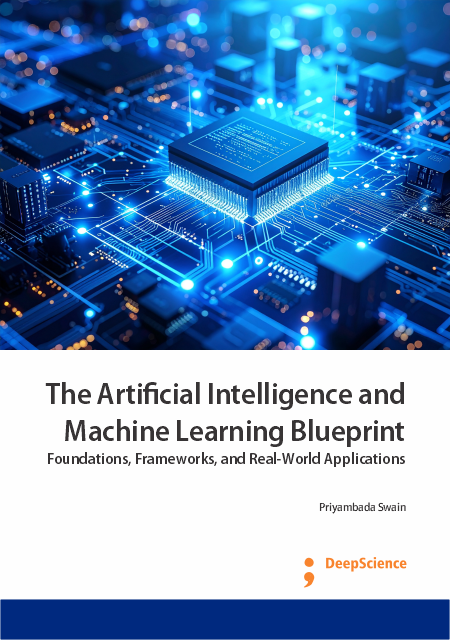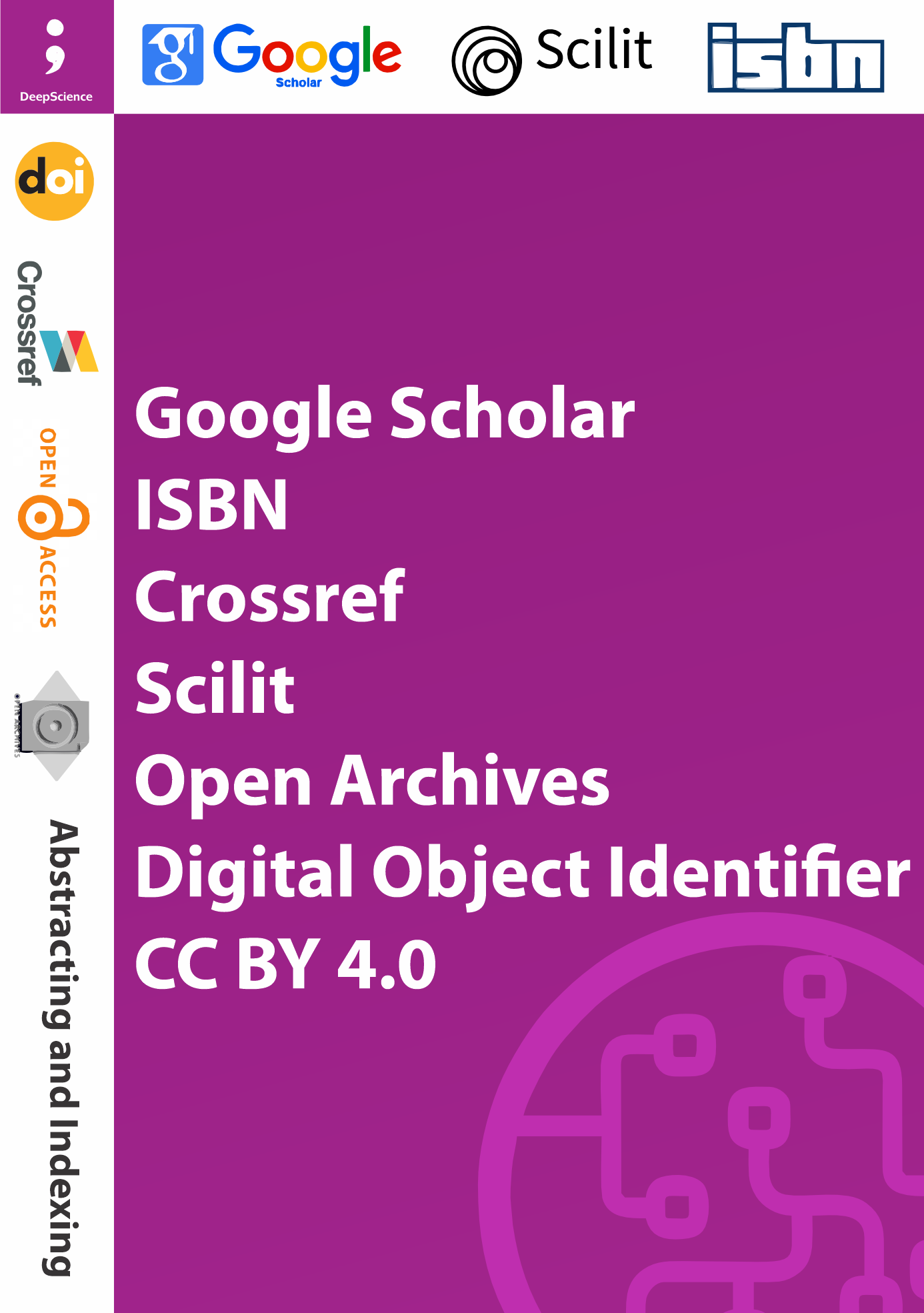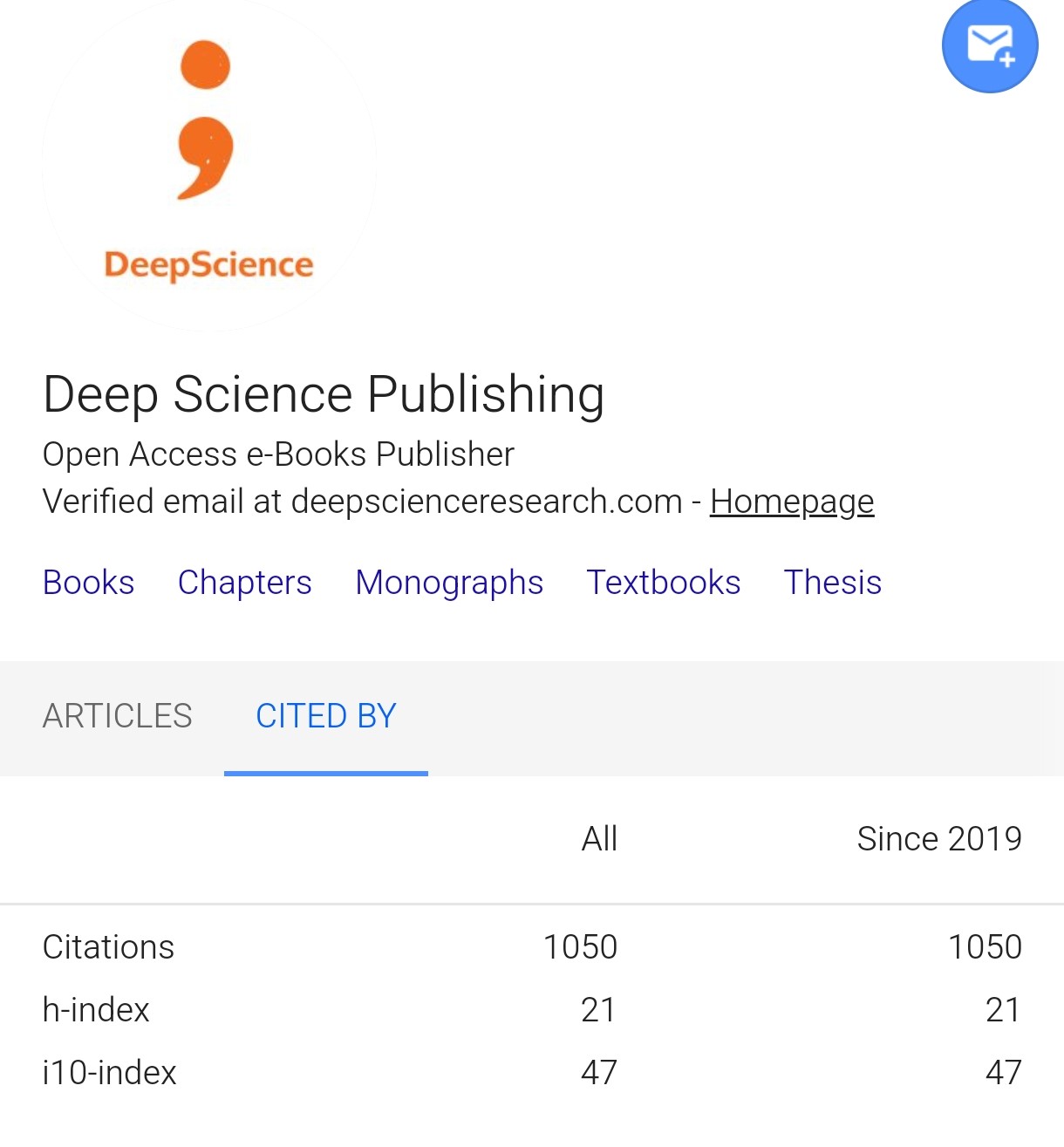Exploring the intersection of computer vision, artificial intelligence at the edge, and IoT
Synopsis
Recent advances in computer vision are paving the way for smarter artificial intelligence at the edge. These advances are rapidly enhancing the capacity of IoT devices to analyze images beyond basic recognition tasks. Object detection techniques enable cameras to identify not only the presence of objects but also their precise locations, while image segmentation can differentiate between the object and its background [1-3]. Furthermore, generative models possess the ability to create images based on learned examples. Object detection involves locating objects within an image and classifying them. Originally implemented through traditional image processing techniques, state-of-the-art methods now rely on deep-learning-based techniques [2,4,5]. Image segmentation divides an image into superpixels—meaningful regions or objects. By focusing on the primary objects, it simplifies the background. Semantic segmentation classifies each pixel into a category, while instance segmentation classifies pixels belonging to different instances of the same class. Generative models are capable of creating images that resemble those from the training dataset. To fully grasp the importance of these techniques, it is essential to understand the challenges of AI at the edge and the principles behind IoT.













